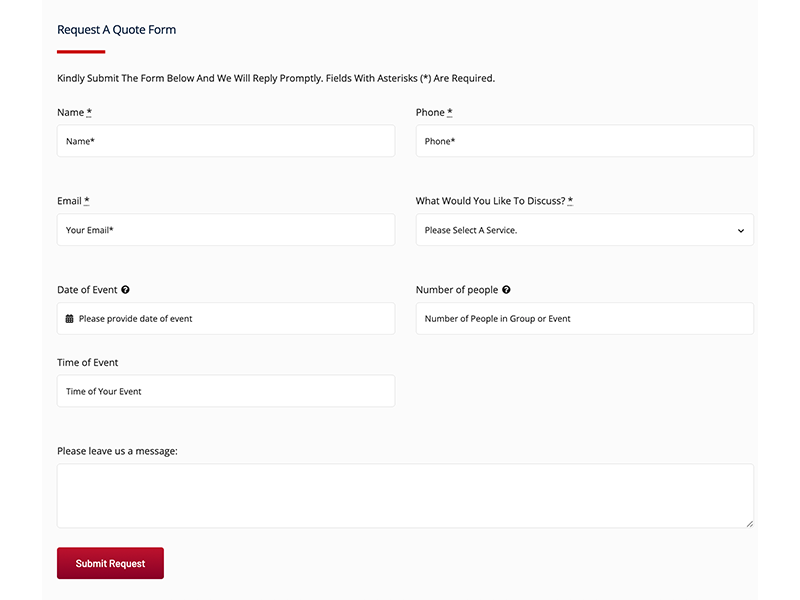Why Conversion Boosters Matter
Traffic without conversions is wasted spend. Conversion boosters are focused improvements—speed, clarity, proof, and UX—that remove friction on pages that should make money: service pages, pricing, contact/booking, location pages, and top blog posts. Pair them with SEO/GEO and you turn visibility into revenue.
Quick Facts
Audience: Service/Local businesses
Goal: More calls, forms, and bookings
Focus: Speed, clarity, proof, and forms
Best For: HVAC, plumbing, auto, legal, med/wellness, home services
What Are Conversion Boosters?
They’re targeted upgrades that increase the chance a visitor takes the next step—call, book, buy, or request a quote.
Examples:
• Faster pages/Core Web Vitals
• Clearer offers and visible pricing ranges
• Stronger calls-to-action above the fold
• Trust elements: reviews, badges, guarantees
• Short, mobile-first forms with fewer required fields
• Helpful widgets: calculators, instant quote, scheduling
• Live chat/text and sticky contact options
• Objection-busting FAQs in the flow of the page
Where to Start
Begin with your top 5 revenue pages. Measure current conversion rate, implement 2–3 boosters, and re-measure in 2–4 weeks. Keep wins, roll forward, and A/B test big swings (offers, layouts).
Conversion Booster Playbook
1) Speed & Core Web Vitals
Compress images, lazy-load below-the-fold media, preconnect critical domains, and limit render-blocking scripts. Faster pages lift both rankings and conversion rates—especially on cellular.
2) Offer & Above-the-Fold CTA
Lead with a clear value prop and a single primary action (Call, Book Now, Get Quote). Add pricing ranges or “from” pricing to reduce fear and tire-kicking.
3) Trust & Proof
Show star ratings, review snippets, certifications, brands you service, guarantees, and photos of real work. Place proof near CTAs, not only at the bottom.
4) Forms That Don’t Fight
Cut required fields, enable autofill, use step forms on mobile, and confirm after submit with next steps. Offer phone/text as an alternative.
5) Helpful Widgets
Add service calculators, instant quote ranges, financing info, appointment pickers, and quick FAQs. Tools reduce uncertainty and increase action.
6) Measure, Test, Repeat
Track calls, forms, and bookings. Use A/B tests for headlines/offers. Review heatmaps and session replays to find friction and fix it fast.
Service Business Examples
HVAC — “Book a Tune-Up”: Moved price range and CTA above the fold, added review stars beside the button, and cut form fields from 9 to 4. Result: higher mobile bookings in 30 days.
Valet/Events — Instant Quote: Added a 60-second quote widget with date, city, hours, and vehicle count. Result: more qualified leads and fewer back-and-forth emails.
Med Spa — Trust & Financing: Added before/after gallery, provider bios, and financing details next to the CTA. Result: more consult requests from paid and organic traffic.

